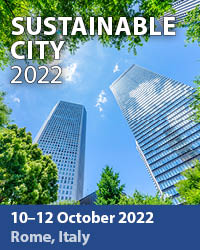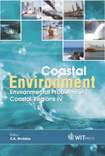Fate And Transport Of Fecal Indicator Bacteria In The Surf Zone At Huntington Beach, California
Price
Free (open access)
Transaction
Volume
58
Pages
Published
2002
Size
650 kb
Paper DOI
10.2495/CENV020351
Copyright
WIT Press
Author(s)
Joon Ha Kim, S Ensari & S B Grant
Abstract
Solutions to the surf zone pollution have been hampered by incomplete understandings of the mixing/transport and fate of pollutants in the nearshore- mixing zone. In this paper, we propose a steady state model to mimic the fate and transport of fecal indicator bacteria (FIB) in the surf zone. The model developed provides insight to the physical and biological processes controlling coastal water quality and specifically, nearshore mixing and inactivation on the pollutant levels in the surf zone. The model incorporates an analog of the Damkohler number, referred here as a dimensionless number K that indicates whether transport or inactivation is controlling the surf zone pollution. The model successfully explains key feature of fate and transport of FIB in the surf zone as revealed by recent studies in 2000. It is shown that during daytime there was significant amount of sunlight inactivation affecting both influent and effluent FIB concentrations, and at nighttime upcoast transport was controlling FIB concentrations in the surf zone at Huntington Beach, California. Introduction The coastal water is both a critical natural resource and a final repository for all manner of human waste. The latter inexorably diminishes the former, as evidenced by a wide spectrum of coastal ills, including frequent postings and closures of popular swimming beaches [1-3]. Current approaches to solve the fecal pollution in the surf zone are hampered by complex mixing/transport of pollutants associated with on shore waves, offshore rip currents, longshore currents and the phase of the tides. Moreover, this incomplete understanding of
Keywords





